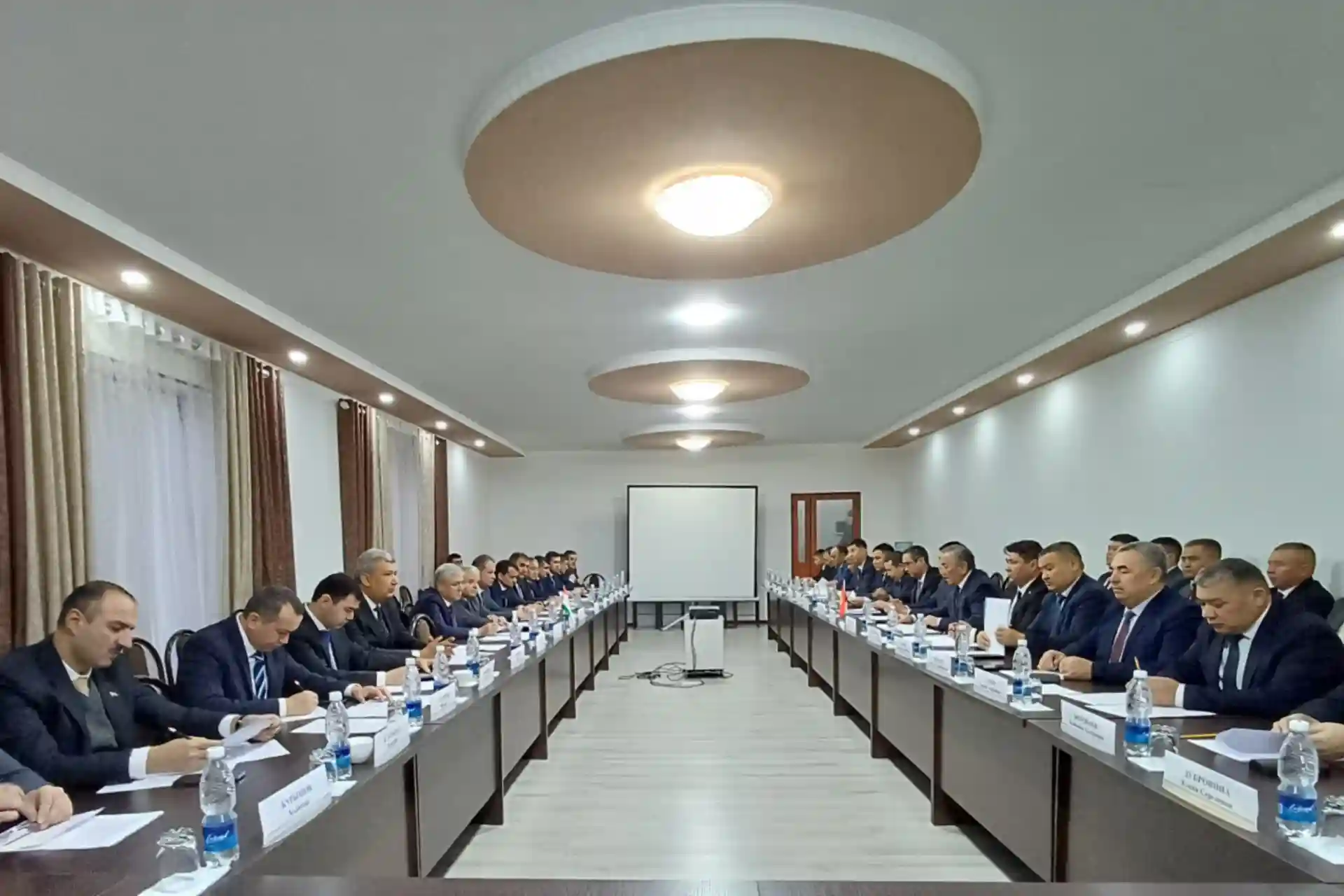Tajikistan can join the unified energy system of Central Asia by the end of May. This was announced by the Minister of Energy of Uzbekistan Jorabek Mirzamahmudov during the Energy Week (UEW 2024) held in Tashkent on May 14, the correspondent of "Gazeta.uz" reports.
"We are developing interregional trade and interregional cooperation, we are cooperating very closely with our neighbors - Kazakhstan, Kyrgyzstan, Turkmenistan on electricity supply, export, import and transit. We expect Tajikistan to join our single Central Asian energy network this month," he said.
At the end of 2021, Tajikistan began to discuss the issue of returning the country to the unified energy system of Central Asia. Minister of Industry and New Technologies Sherali Kabir announced that Tajikistan will return to the unified energy system in 2022, but this issue has been postponed several times.
"We plan to prepare the northern part [of Tajikistan's energy system] for connection by the end of this year, but the actual commissioning of this line will take place in April 2024," said Daler Juma, the Minister of Energy and Water Resources of Tajikistan.
About the EU
The Unified Energy System (UES) of Central Asia and South Kazakhstan was created in the 1970s. It was managed by the Coordinating and Dispatching Center in Tashkent and made it possible to balance the seasonal fluctuations of the demand for electricity and the need for water during the irrigation period.
In winter, Tajikistan and Kyrgyzstan stored water in reservoirs and received electricity and energy resources (coal and natural gas) from Uzbekistan, Kazakhstan and Turkmenistan. In the summer, Tajikistan and Kyrgyzstan diverted water collected during the winter to their neighbors in the region to irrigate agricultural lands. Also, in the summer, Tajikistan and Kyrgyzstan delivered excess electricity to the neighboring republics.
Hamidulla Shamsiev, Director of "Energiya" Coordinating and Dispatching Center, noted that in early 2022, Turkmenistan found a trade market in the Iranian energy system in 2003, left YET on its own initiative, and now works in parallel with it. Turkmenistan and Uzbekistan are working on the so-called "ring" schemes, allocating separate generators to the Uzbekistan side.
Tajikistan was once separated from the "ring" network due to repeated violations of the conditions of parallel operation. This was a joint decision made by other participants of the Central Asian and South Kazakhstan system. Currently, on the basis of the financial support of the Asian Development Bank, a number of works are being carried out to reconnect Tajikistan to the unified energy system.
"Tajikistan's energy system has been independently regulating the frequency for all these years, which is provided by the large reserves available in its hydroelectric power stations. It is almost impossible to solve this problem against the background of depletion of resources in thermal stations (as in Kazakhstan and Uzbekistan) or hydroelectric power stations (as in recent years in Kyrgyzstan). Therefore, the joint operation of these energy systems in the single Central Asian ring is an urgent need to ensure reliable parallel operation of the Central Asian energy systems, to expand mutually beneficial cooperation not only with them, but also with distant neighbors," said Shamsiev.
What is expected after Tajikistan becomes a member?
Asiaplustj.info notes that coordinated use of water and energy resources will benefit all countries in the region.
Tajikistan and Kyrgyzstan will no longer face electricity shortages in the autumn-winter season, and Uzbekistan, Kazakhstan and Turkmenistan will no longer run out of water during the irrigation season.
Tajikistan will return to winter storage (it currently stores water in summer), and the country's electricity needs will be met by supplies from countries downstream of transboundary rivers.
In the summer, Tajikistan uses the water collected in the winter to meet the irrigation water needs of its neighbors.



